The Autoblog 20: The most significant new cars of the past two decades
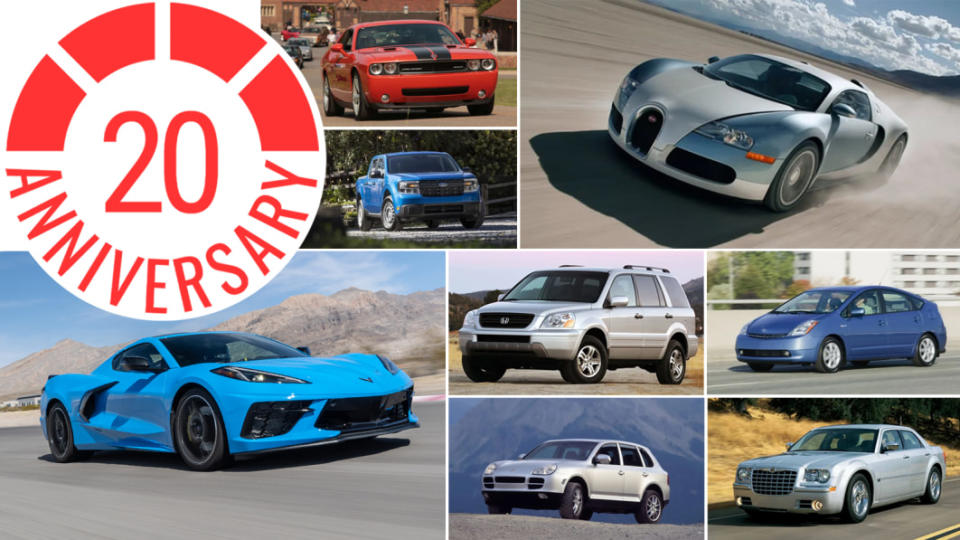
In case you hadn't heard, Autoblog turns 20 this month. A lot has happened over the past two decades, from the crossover boom to the rise of hybrids and even the first widespread adoption of battery-electric cars. Hyundai and Kia have both exploded into the mainstream, and despite the slow march toward bigger and clumsier cars, we saw the resurgence of American muscle and the pony car supremacy wars. Cars are cleaner than ever before, yet absurdly quick. The future may not be perfect, but if you look at the past, where we're going is incredibly promising.
So that's exactly what we did — took a look at the past.
We were tasked with nominating cars that had a significant impact on the automotive scene over the past 20 years, whether by virtue of success, failure or something else entirely. The list proved extensive, and was shortened to 45 final nominees. We were then told to chose our individual top 10 and rank them, from which we culled the list to 20. Some of our choices are technically a couple of years older than Autoblog itself, but we felt their inclusion was warranted based either on an impact that wouldn't become apparent until later, or because they've had a profound influence on the industry since the turn of the 21st century. Without further ado, here are our picks.
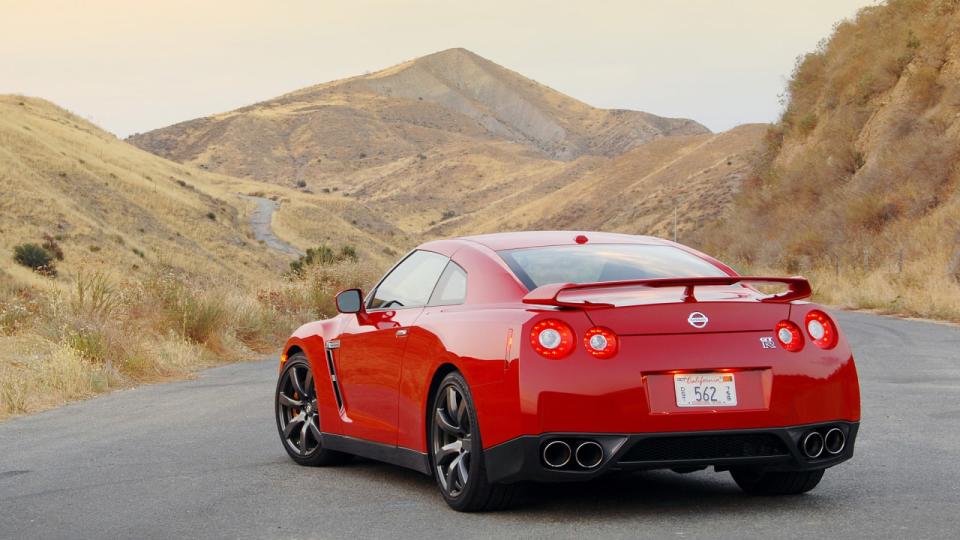
20 — 2009 Nissan GT-R
The R35 Nissan GT-R's story has been one of defiance from the get-go. It was crowned the final boss of mainstream performance cars before such a concept even existed and was cast as the rowdy, upstart villain before it even went on sale. And now, 15 years into its run, it has lived long enough to see itself become the hero. Where it was once panned for its too-digital and unengaged driving experience, it's now among the most analog offerings in the high-performance market. It came in defying the world; it'll go out defying its own reputation.
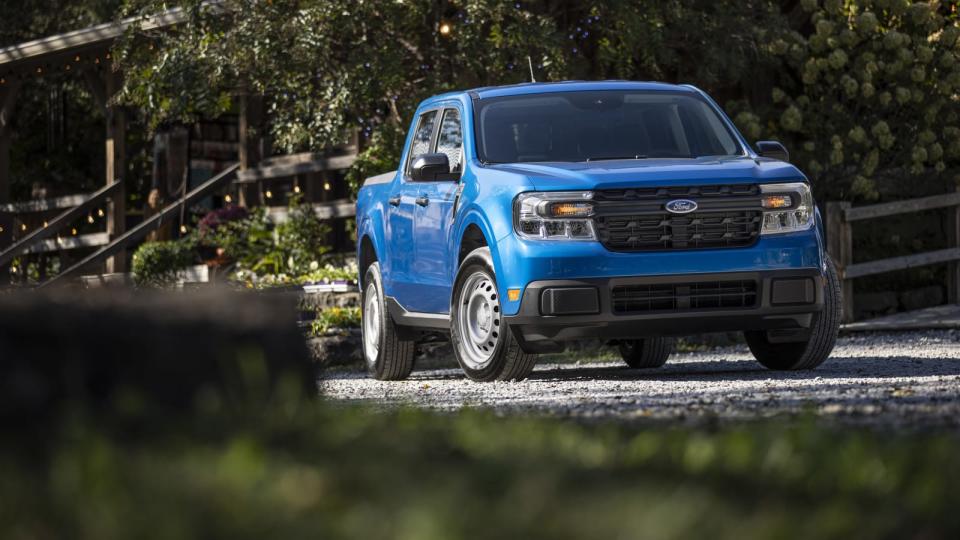
19 — 2022 Ford Maverick Hybrid
The Maverick was a big throw of the dice for Ford. Not only was the Blue Oval pitching a new, small, unibody pickup truck, but it did so on the heels of cancelling virtually all of its affordable offerings. On top of that, pickup builders told us for years that smaller models weren't worth exploring because their customers would always buy as much truck as possible; why leave those profits on the table? Yet, this baby cargo hauler has more DNA in common with a Focus than with an F-150, and shoppers don't seem to care one bit. Even the front-wheel-drive-only Hybrid model — briefly the least-expensive variant offered — has been so popular that Ford has been unable to meet customer demand since release. Perhaps its full significance is yet to be seen, but early signs point to it featuring prominently the next time we do this little exercise in 10 years.
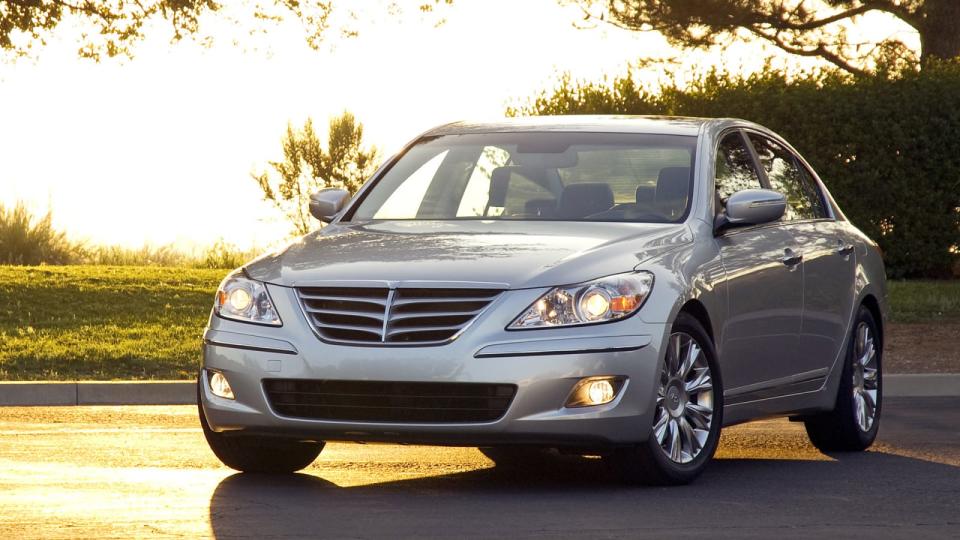
18 — 2009 Hyundai Genesis
Some of the cars on this list were segment-defining automobiles, while others defied contention and created their own niches, but there aren't many automobiles one can point to and say, "That was the genesis of an entire brand." In this case, well, that's about as literal as it gets. The Genesis lineup now includes eight distinct models, including the descendants of the Genesis and Genesis Coupe themselves, the G80 and G70. Sadly, the latter is unlikely to survive to see another generation.
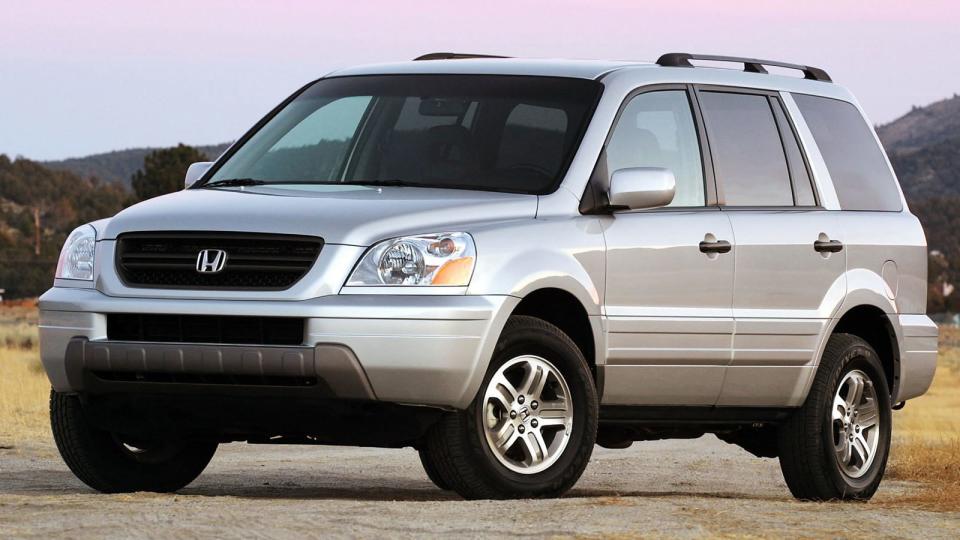
17 — 2003 Honda Pilot
Remember the world before three-row crossovers? Back when everybody crammed themselves into Explorers and Trailblazers or settled for a minivan? That's the marketplace that greeted the Pilot back when it debuted (yes it was a year before we launched, but its significance built thereafter). Although it literally wasn't alone as a three-row crossover, it was the one that established the blueprint of size, layout and family-friendly character that basically every three-row family crossover uses today. In the beginning, there was a Pilot.
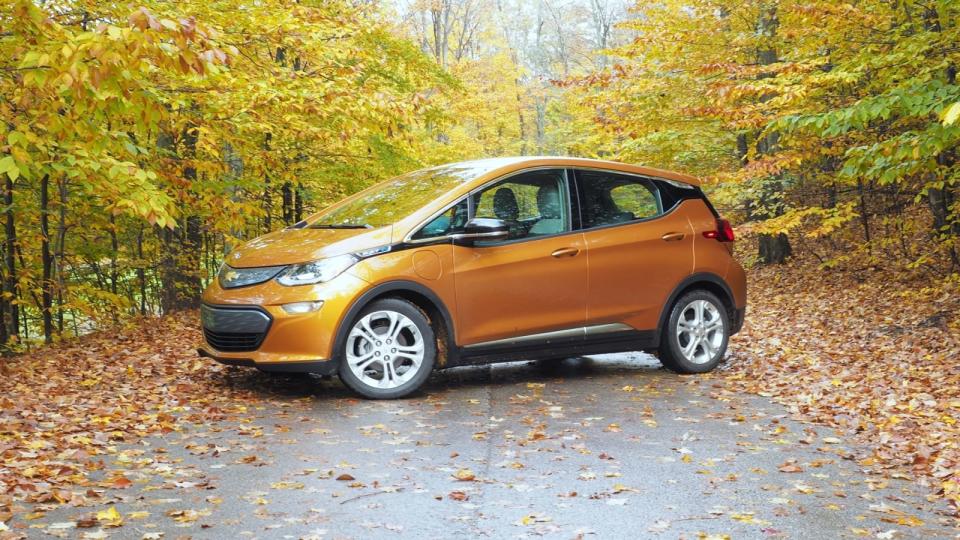
16 — 2017 Chevy Bolt
The Nissan Leaf may have been the first modern mass-market BEV, but the 2017 Chevy Bolt EV was the first mass-market EV to really do it right. Principally, it was all about the range. While other EVs could barely squeak past the 100-mile mark, the Bolt crested 250. Game changer? You bet. It was also practical and surprisingly fun to drive. The design and body style probably held it back in the marketplace (a mid-cycle update and the introduction of the EUV changed that), but there's no denying how significant the Bolt was when introduced and to this day.
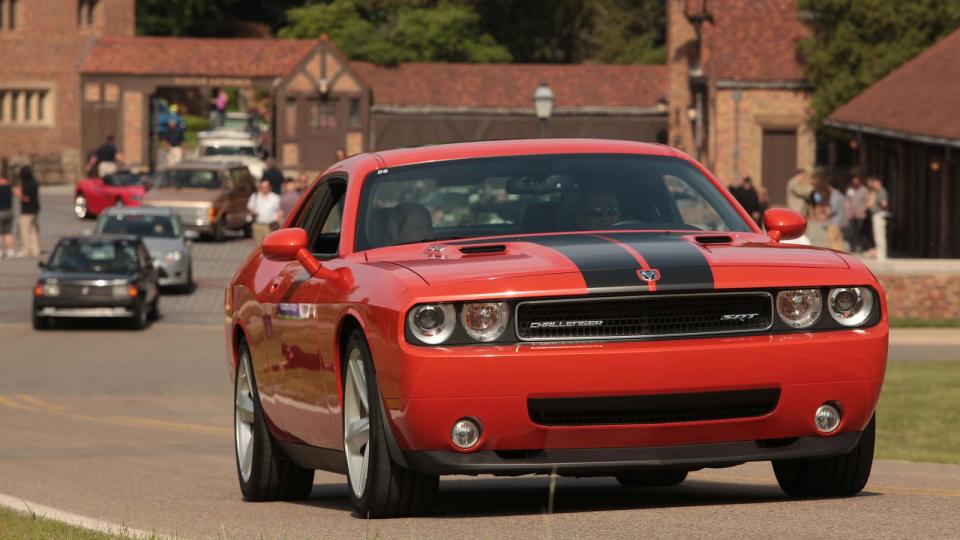
15 — 2008 Dodge Challenger
It says a lot that the Chrysler LX platform (technically LC here) shows up twice on this list. The Challenger proved that a big, snarly muscle car could still sell in a world where conspicuous consumption is falling under increasingly intense scrutiny. From Hemis to Hellcats, Redeyes and Demons, there was a Challenger for every power-hungry customer on the road — one of your authors included. That it has survived, barely changed, for most of the past 20 years and has arguably become even more relevant for enthusiasts also speaks volumes.
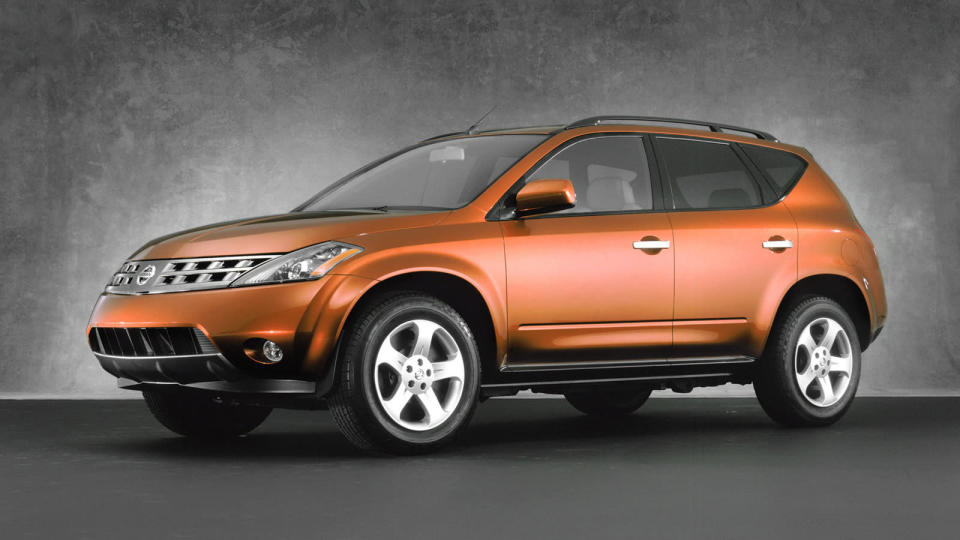
14 — 2003 Nissan Murano
If you're under the age of, say, 30, this one probably won't make much sense to you. For those of us who had our fingers on the pulse of the market in the very early aughts, the 2003 Nissan Murano was wild. Nothing looked like it — everything was boxy and/or completely anonymous. These days, everything looks like it. Nissan has made many mistakes over the past two decades, but forecasting styling trends was not one of them. And we can't put this one out there without acknowledging the Infiniti FX, which despite not being mechanically related to the Murano, sported an equally futureproof design.
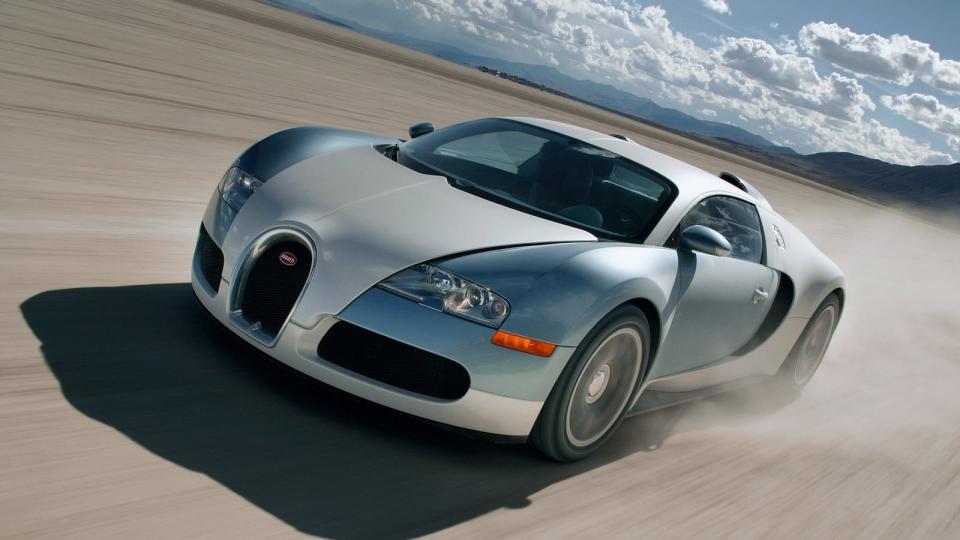
13 — 2005 Bugatti Veyron
If there was one car that the whole world was talking about right at the start of Autoblog, it was the Bugatti Veyron. It was the superlative automobile: a price tag over $1 million; 1,000 horsepower; a 250-mph top speed; 16 cylinders; 4 turbochargers. This was a car defined by numbers. It was so far beyond any supercar made before it, and it became the benchmark for at least a decade. It set the mold for what a supercar needed to be: a monument of monstrous machinery.
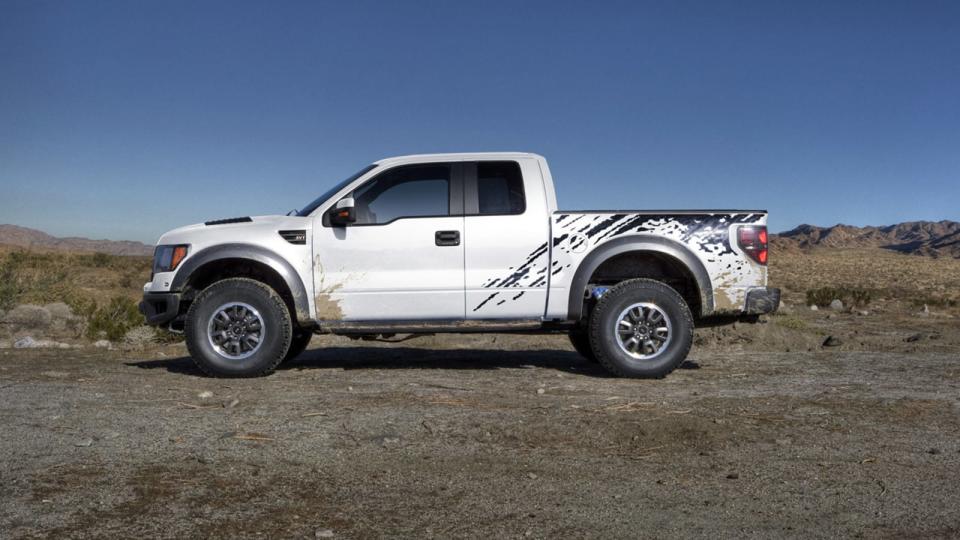
12 — 2010 Ford SVT Raptor
Being able to catch big air and come down safely in a completely stock production truck or SUV wasn’t exactly a thing before the Ford F-150 Raptor. Off-roaders were plentiful, but the Raptor with its Trophy Truck-esque, air-defying antics was an alien vehicle when it launched (literally) in 2010. Today, the Raptor name is synonymous with epic off-road capability, and the Raptor R continues to set hilarious standards for others of its ilk. Ram followed years later with the TRX. GM’s put forth its own challengers with the ZR2 line, and the Raptor’s in-your-face styling can be seen throughout the industry. It’s a trailblazer of excess and just plain silly fun, and it’s a type of vehicle we don’t see dying out any time soon.
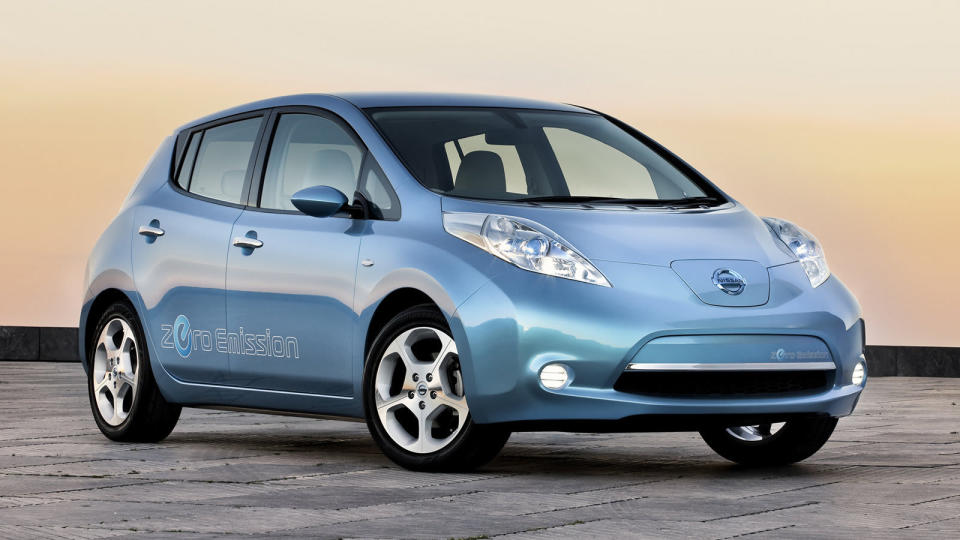
11 — 2011 Nissan Leaf
The Nissan Leaf was the first mass-market EV, and it was a big deal. As one would expect, skepticism surrounded it, and range anxiety was real. It may not have been for everyone, but it was the first step on what has become an industry-wide, even cultural, journey. A bit over a decade on, and we’re still in uncertain terrain when it comes to electrification — the Leaf was like the Sputnik launch, and now we’re shooting for the moon.
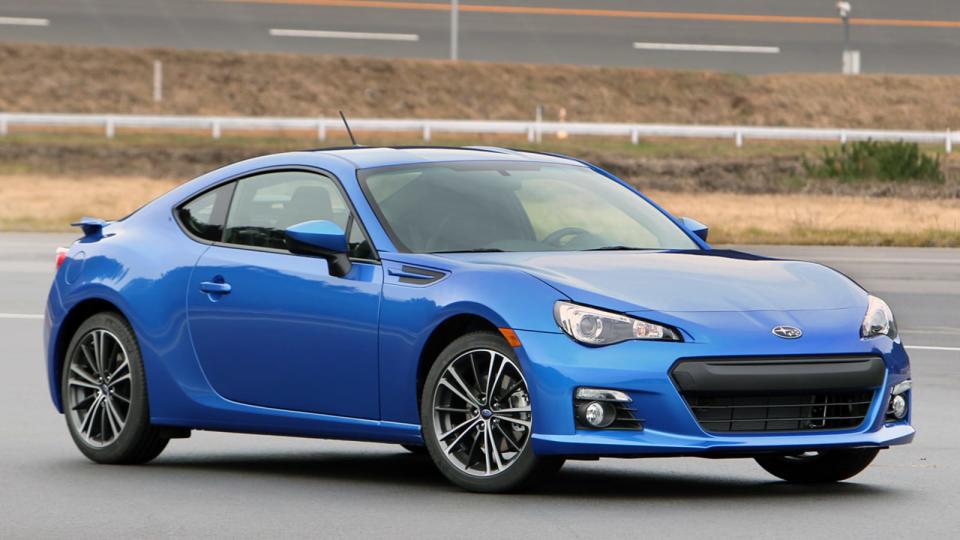
10 — 2013 Scion FR-S/Subaru BRZ
Remember Scion? Toyota's "youth" brand seemed more popular with baby boomers than anybody else, but we still got some pretty sweet machinery out of the deal. Today's Toyota GR86 is yesterday's Scion FR-S, while the BRZ is, well, still the BRZ. Those who grew up with these on the market may not appreciate their significance, but considering just how un-sporty Toyota showrooms were circa 2010, these cars represented a critical inflection point for the brand. Subaru certainly benefited, but one glance at Toyota's lineup today reveals just how much the FR-S influenced the company's enthusiast offerings. It's the only piece of Scion that survives in America today.
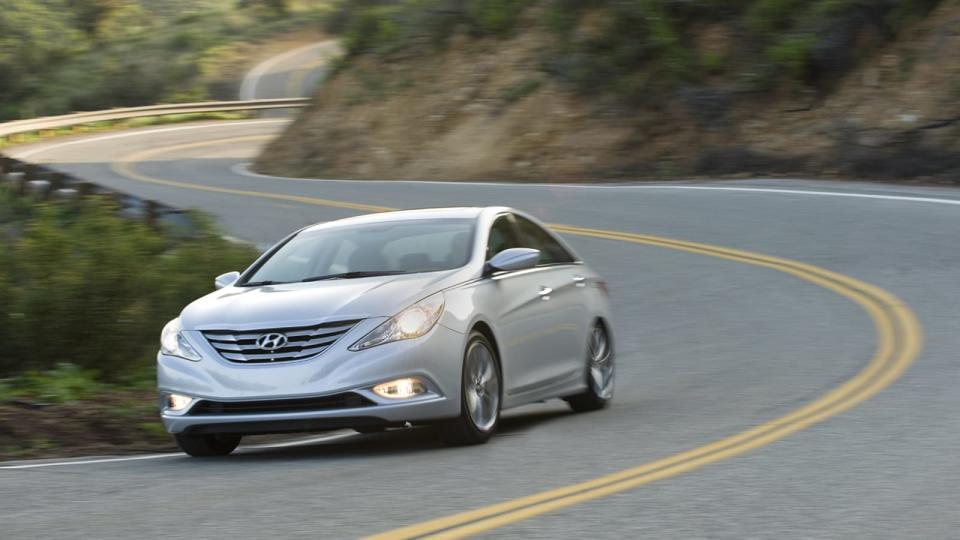
9 — 2010 Hyundai Sonata/Kia Optima
In 2009, Korean cars were sensible, decently made and delivered tremendous value, but were seemingly styled for the witness protection program. Then the 2010 Hyundai Sonata landed, followed by the 2010 Kia Optima. They were literal game changers, kicking off an onslaught of products that were not only new and greatly improved, but were designed in a way that car buyers really noticed. They weren't alone: We asked a Toyota designer once if there was a rival car introduced that made his team stop and re-evaluate what they were doing. His answer was quick: the 2010 Hyundai Sonata. Midsize family sedans could no longer be anonymous, boring boxes, and with rare exception, they never were again. While recalls cost Hyundai and Kia quite a bit of goodwill, both cars made undeniable impressions on American buyers and positioned the brands for further upmarket expansion.
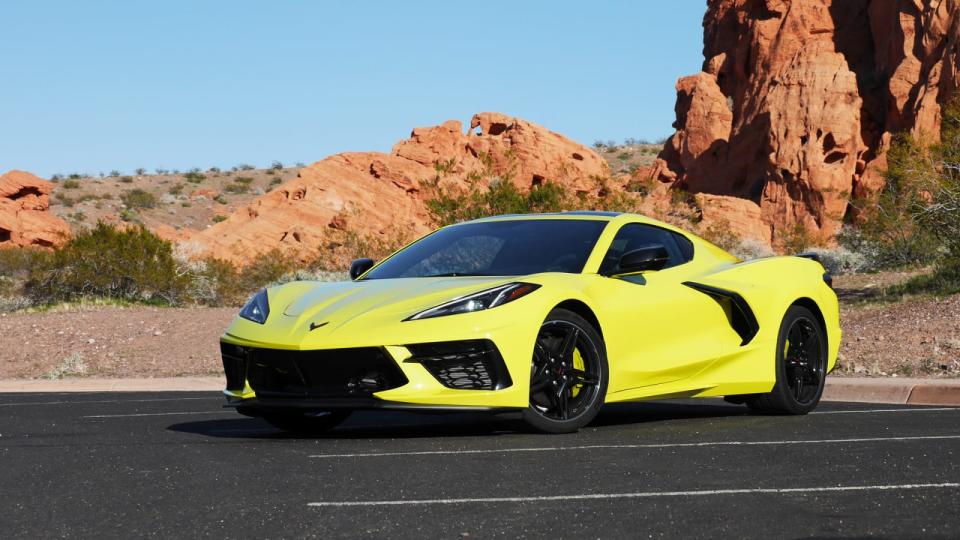
8 — 2020 Chevrolet Corvette
Rumors of a mid-engine Corvette go back decades longer than Autoblog has existed, and yet it never happened. Until it finally did. And when a multi-generation American automotive icon undergoes such a radical transformation, it sure seems significant to us. Despite its radically different layout, though, at its heart was still a good, old-fashioned American V8. It was just behind the driver now. We're not sure how significant the mid-engine Corvette will ultimately be in terms of influencing the overall automotive industry as other selections on this list did, but in terms of historical significance and the sheer quantity of enthusiast interest there was when the C8 finally dawned, this was an easy pick.

 Yahoo Autos
Yahoo Autos 